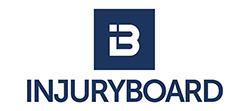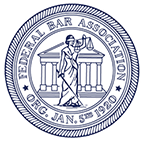How is fault determined in a construction accident?
Our state sees around 23,000 reports of worker injuries each year, according to the Montana Department of Labor & Industry. While the state agency doesn’t cite specific data for different industries among the statistics described above, it describes construction as being the industry with the most costly injuries.
Given how the construction industry sees the costliest injuries, you better bet that insurance companies closely scrutinize any claims they receive. They pull out all the stops to avoid having to pay for medical bills, lost wages, and other related costs.
The onus falls on you to prove your case when you suffer personal injuries. If you cannot do so, then you may be unable to recover compensation. This fact may leave you wondering how fault is determined in a construction accident. Keep reading where we’ll explain.
Understanding What Fault and Liability Are
The word fault is often used in conjunction with the concept of liability. Fault is often what plaintiffs point to when describing a defendant’s intentional actions or negligence that resulted in an adverse outcome (i.e., injury). Liability essentially refers to someone or an entity being legally responsible for what happened.
Fault in the Context of Construction Site Injuries
Establishing negligence occurred is part of determining fault. To do this, a plaintiff (which is the injured party) must be able to show that:
- The party who they allege harmed them owed them a duty of care (to keep them safe)
- That person or entity who was supposed to uphold a duty of care breached their duty to do so
- An adverse outcome (i.e., injuries) was caused by that party’s failure to uphold their duty of care
- You sustained documentable injuries because there was a violation of the duty of care you were owed
Provided you can prove the four elements above, that’s generally all that’s needed to properly assign blame (fault) and thus liability.
How the Montana Comparative Fault Rule Impacts Fault Determinations
Now, in terms of fault systems, states have varying types of them in place. For example, Montana has a modified comparative fault 51% rule in place. What that means is that generally, a plaintiff in an injury case must be 50% or less responsible for what happened to be eligible to recover compensation for their losses.
That being said, it’s important to understand that while fault matters in personal injury cases, such as one where, say, a construction worker is employed as an independent contractor on a job site when they get hurt, or one where they are traditionally employed, but third-party negligence harms them, the same is not true in Montana workers’ compensation cases.
As for the latter point, the workers’ comp system is a no-fault one; thus, generally, you can recover compensation so long as you were hurt at work under almost any circumstances, with few exceptions — even if you were to blame.
How Construction Accident Lawyers Determine Fault When Workers Get Hurt
It can be helpful to get an attorney involved if you were injured in a construction accident in Bozeman early on, as they’ll need to analyze evidence, including any incident reports, photographs, medical records, and more, to make fault and liability determinations.
Factors such as the following may dictate who was at fault for what happened and, thus, who you can hold liable:
- Whether Occupational Safety and Health Administration (OSHA) violations played a role in causing your injuries
- If there’s any evidence that suggests that faulty machinery or heavy equipment hurt you
At-Fault Parties You Can Hold Liable for Your Bozeman Construction Site Injuries
Depending on what your attorney learns during their investigation, you may find that you can hold the following at-fault parties (and others) liable for what happened to you:
- Construction company forepersons
- Defective product manufacturers
- A property owner
Moving Forward With Your Construction Injury Case in Montana
The aftermath of a workplace accident like a construction one can be hard to deal with. You may be treating extensively with a doctor, receiving a lot of calls from insurance adjusters, and find yourself stressed because you’re unable to work.
A construction accident lawyer can help you sort out fault and liability in your case so that you can recover the compensation you desperately need at this time.
Contact us at Western Justice Associates, PLLC for a free consultation so we can get to work for you.









